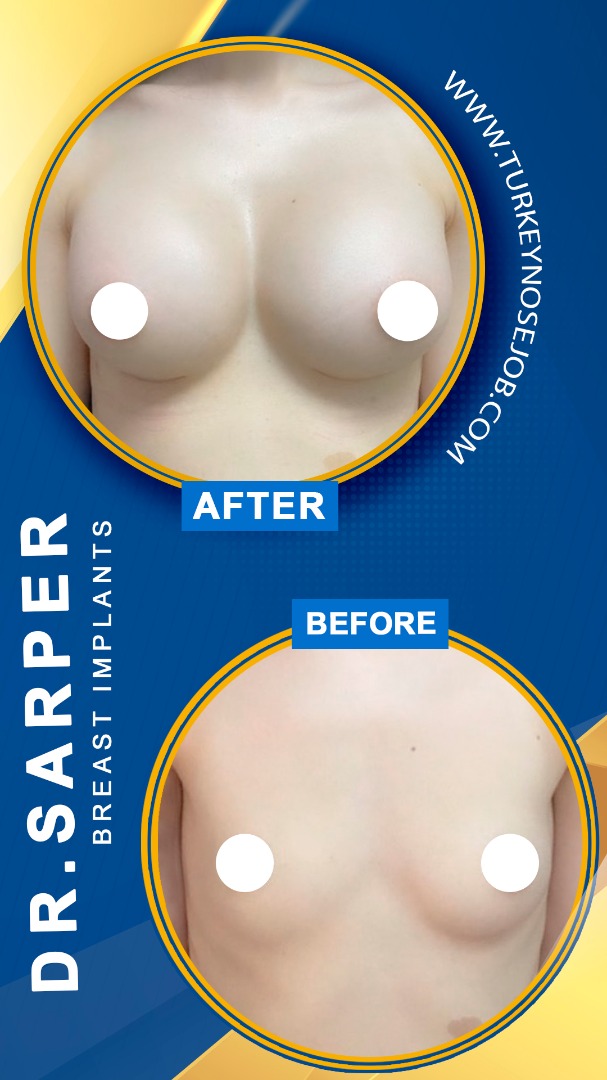For many women burdened by the physical and emotional toll of excessively large breasts, breast reduction surgery offers a transformative solution. Among the various techniques available, two common approaches stand out: the anchor and lollipop incision methods. Each method has its unique benefits and considerations, shaping the surgical journey and ultimate outcomes for patients. Understanding the differences between these approaches is crucial for individuals considering breast reduction surgery, empowering them to make informed decisions aligned with their aesthetic goals and medical needs.
The Anchor Incision Technique
The anchor incision technique, also known as the Wise pattern or inverted-T incision, is a traditional approach to breast reduction surgery. It involves creating an incision around the areola, extending vertically down to the inframammary fold, and horizontally along the fold. This extensive incision pattern allows for significant tissue removal and reshaping of the breast mound, making it suitable for patients with large, ptotic (sagging) breasts requiring substantial reduction and lift.
Benefits:
- Extensive Reduction: The anchor incision technique allows for comprehensive reduction and reshaping of the breast tissue, addressing both volume and ptosis effectively.
- Versatility: This method is suitable for a wide range of breast sizes and shapes, making it applicable to diverse patient populations.
- Long-lasting Results: The extensive tissue removal and reshaping performed with the anchor technique typically yield durable results with long-term aesthetic benefits.
Considerations:
- Visible Scarring: The anchor incision technique results in more noticeable scarring, particularly the horizontal scar along the inframammary fold.
- Extended Recovery: Due to the more extensive surgical approach, recovery may involve a longer healing process and temporary restrictions on physical activity.
The Lollipop Incision Technique
The lollipop incision technique, also known as vertical breast reduction, involves creating an incision around the areola and vertically down to the inframammary fold, resembling the shape of a lollipop. This approach is particularly suitable for patients with moderate breast ptosis and volume excess, offering a more limited incision pattern compared to the anchor technique while still achieving significant reduction and lift.
Benefits:
- Reduced Scarring: The lollipop incision results in less conspicuous scarring compared to the anchor technique, with no horizontal scar along the inframammary fold.
- Faster Recovery: With a more targeted incision pattern, the lollipop technique may involve a shorter recovery period and less postoperative discomfort.
- Natural Contouring: The vertical incision allows for precise reshaping and contouring of the breast, resulting in a more natural and proportionate appearance.
Considerations:
- Limitations in Tissue Removal: While effective for moderate reduction and lift, the lollipop technique may not be suitable for patients requiring extensive tissue removal or correction of severe ptosis.
- Patient Selection: Ideal candidates for the lollipop incision technique typically have mild to moderate breast ptosis and volume excess, with sufficient skin elasticity to support the desired reshaping.
Choosing the Right Approach
When considering anchor vs. lollipop breast reduction, patients should consult with a board-certified plastic surgeon experienced in both techniques. During the consultation, the surgeon will assess the patient’s breast anatomy, aesthetic goals, and medical history to recommend the most suitable approach. Ultimately, the decision between anchor and lollipop techniques should prioritize achieving optimal reduction, lift, and symmetry while minimizing visible scarring and ensuring a safe and smooth recovery.
Conclusion
Breast reduction surgery can be a life-changing procedure for women struggling with the physical and emotional challenges of large breasts. The choice between anchor and lollipop techniques depends on individual factors such as breast size, ptosis severity, and desired outcomes. By understanding the benefits and considerations of each approach, patients can work collaboratively with their plastic surgeon to tailor a surgical plan that aligns with their unique needs and aspirations. Whether opting for the comprehensive reduction of the anchor technique or the targeted refinement of the lollipop technique, breast reduction surgery offers the opportunity for renewed confidence, comfort, and quality of life.
0 Comments